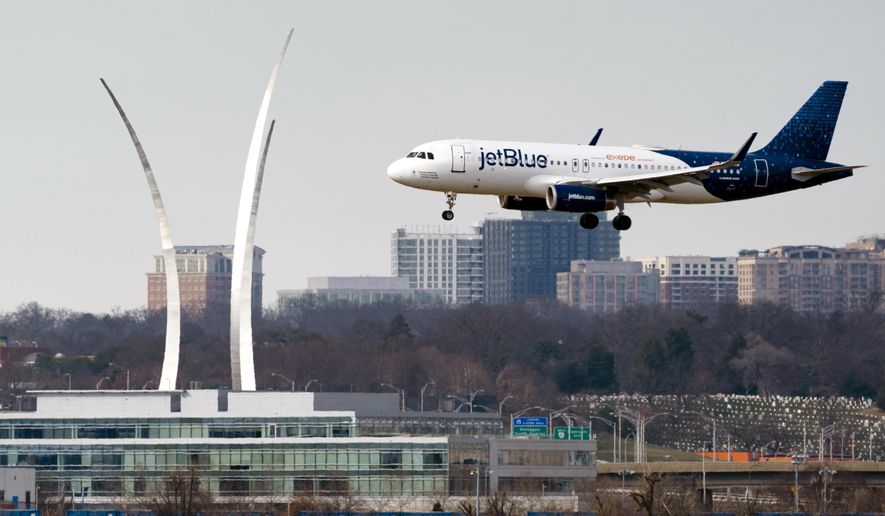OPINION:
The concerns about 5G wireless signals and aviation safety are still not well understood by many regulators, members of the aviation industry and the media. A recent Federal Aviation Administration exemption from 5G-related restrictions on helicopter medical evacuation flights using altimeters and night vision goggles is an encouraging sign that everyone involved in this ongoing issue can find common ground and find solutions that will work with this important new technology, which will become increasingly more important in the months and years to come.
The controversy over 5G interference with aviation technology has been exacerbated by the FAA’s timing when, just as wireless companies were preparing for the 5G rollout, the agency issued statements questioning the ability of radio altimeters to function correctly near 5G infrastructure operating in C-Band spectrum. Although the expert spectrum agency, the Federal Communications Commission, has been working with aviation stakeholders for several years now to address their concerns and develop proper safeguards that address this issue, the FAA decided to sound the alarm late in the game.
As a career aviator and helicopter pilot, I want to see this safety issue resolved so that the lives of my fellow pilots, crews and passengers are always the highest priority. Needless to say, anything concerning aviation safety is a serious matter and is going to draw a lot of attention, but we have come to the point where the future of U.S. wireless service and global leadership is being needlessly delayed. The issue is not so much the interference that 5G may cause but the cost of upgrading the altimeters which operate in this spectrum and who will pay for it. These delays can have serious implications for our country from national security to public safety to economic competitiveness.
There’s much more to 5G than just faster internet service. This revolutionary change in wireless will support a level of connectivity and function that far surpasses the status quo. It will be profoundly important in industry, medicine, transportation and a vast number of other applications. America is in a race to 5G with other countries — primarily China — that we have to win if we want to maintain our position of global high-tech leadership.
The FAA’s smart decision to grant the night vision goggle exemption in response to a petition filed by the Helicopter Association International, and widely supported by many organizations including the Mayo Clinic and the National Air Transportation Association, is just one of many robust mitigation measures that are now in place to ensure that 5G and aviation needs can coexist. As much as our nation needs helicopters — and fixed-wing aircraft too — we also need 5G. It’s time to move forward swiftly, thoughtfully and safely without further delays.
Nearly 40 nations have already deployed 5G in the C-Band with zero impact on aviation. That is not to say that there has been no 5G interference, but that aviators have been able to continue to fly safely despite it. Flights in 5G usage areas are even taking place right here in the U.S., again with no mishaps. In fact, American airlines, along with their foreign competitors, make thousands of flights each day that either originate or land in countries where 5G and aviation safely coexist, even as they publicly buy into the FAA’s warnings of possible dangers. It just doesn’t make sense; the U.S. can and should be showing leadership by investing in the infrastructure and equipment necessary to make it possible for these technologies to work in tandem without interference.
The FAA, FCC, wireless providers and carriers proved they can work together on this when they came together to grant the MEDEVAC exemption. I am very hopeful they will continue to find common ground until the entire matter is settled to everyone’s satisfaction.
• Aaron J. Pluto is a retired U.S. Army officer, aviator, combat veteran and adviser on government policy. Specializing in technology, policy and politics, Aaron makes his home in Austin, Texas, with his wife, Sarah, and their two children.




Please read our comment policy before commenting.